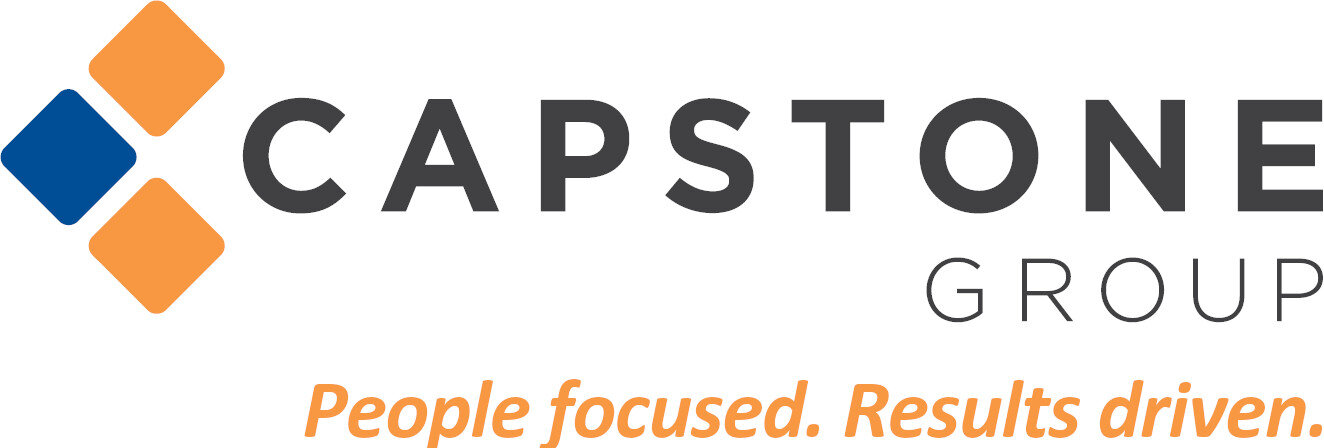As benefits consultants, we look for economic, legislative, and geopolitical signals that could eventually lead to "unexpected increases" in healthcare costs. One of the growing blips on our radar right now? Tariffs.
Specifically, the latest round of U.S. tariffs on Chinese goods, announced earlier this year, and the possibility of additional levies on imports used throughout the healthcare supply chain. While trade policy may feel like a conversation better suited for economists, the ripple effects are very real for employers of all sizes regarding their group benefits programs.
What do these tariffs mean for employer-sponsored health plans? And what should small, mid-sized, and large employers be watching for?
How Tariffs Can Impact Healthcare Costs
To understand the connection, it's essential to begin with the supply chain. Tariffs on Chinese imports hit consumer electronics and machinery and affect medical equipment, surgical instruments, imaging technology, personal protective equipment (PPE), and even pharmaceuticals. Many of these products, or their key components, are sourced from China.
When the cost of importing those goods rises due to tariffs, manufacturers and distributors don't simply absorb the added expense. They pass it on. That gets baked into hospital system overhead, provider pricing, and ultimately insurance claims—particularly for procedures or services involving high-tech equipment or specialized treatments.
Unfortunately, this isn't just hypothetical. Experts cited in recent research by the American Journal of Managed Care, and WTW warn that we may see a noticeable impact on the cost of care as early as late 2025, particularly if tariffs expand or other countries introduce retaliatory trade measures. As Fitch Ratings recently pointed out, commercial insurance carriers will face mounting pressure to either pass those costs along in the form of higher premiums or absorb them—threatening already tight margins.
What This Means for Employers
The size of your company can determine how sharply you feel the impact and how much leverage you have to mitigate it.
Small employers—especially those on fully insured plans—may not have much control over how premiums are set, but they can work with their benefits consultant to get ahead of potential cost increases. That might mean digging into renewal assumptions to understand what's really driving the rate hike, exploring alternative plan designs like narrow networks or HDHPs, or using claims snapshots (even limited ones) to spot early warning signs in categories like imaging or outpatient care. Consultants can also help roll out tools or communications that guide employees toward lower-cost, high-value providers—often the most significant lever a small group can pull.
Mid-sized employers—typically level-funded or partially self-funded—should use their data and flexibility to their advantage. With a consultant's help, they can revisit cost trend assumptions with carriers or stop-loss vendors, stress-test their funding models against rising procedure or equipment costs, and target high-impact areas like diagnostics or specialty Rx for better management. Now's also a great time to assess whether your vendor stack—PBM, TPA, network—is still competitive in a supply-constrained environment, or if it's time for a change.
Large employers are often self-funded and have more tools at their disposal, but also more direct exposure to inflationary claims. This is where consultants play a key strategic role: helping to flag trends in tariff-sensitive areas like imaging, surgeries, or high-tech treatments, engaging networks or providers to understand what's driving increases, and ensuring that care management or utilization controls are in place. Communication is also key—consultants can help craft strategies to steer employees toward smarter choices as cost pressures evolve.
What Should Employers Do Now?
While we are not suggesting it's time for anyone to panic, we advise our clients to prepare. Here are a few practical moves:
Review your claims data (or get help reviewing it) for categories like imaging, outpatient surgery, and high-cost prescription drugs—these are potential flashpoints for tariff-driven cost increases.
Ask your carrier or TPA if their trend assumptions are incorporating inflation risks tied to global supply chain changes.
Talk to your benefits consultant about potential alternative funding strategies, tiered networks, or plan design changes that could soften the blow if and when costs rise.
Stay informed. Tariffs may not show up on your dashboard tomorrow—but they're lurking in the background, especially as healthcare inflation continues to trend upward. Keep an eye on trade policy developments as part of your overall benefits strategy.
Final Thought
Healthcare costs don't exist in a vacuum. What happens in Beijing—or Washington—can absolutely hit your bottom line wherever you call home. Tariffs may not be the first thing HR leaders or CFOs think of when planning next year's benefits budget, but they should be part of the conversation. As consultants, it's our job to connect the dots and help you stay a step ahead.
Let's talk if you're wondering whether your group is exposed to tariff-driven cost risk or if your renewal strategy needs a second look. The more proactive we are now, the fewer surprises we'll have to explain later.


